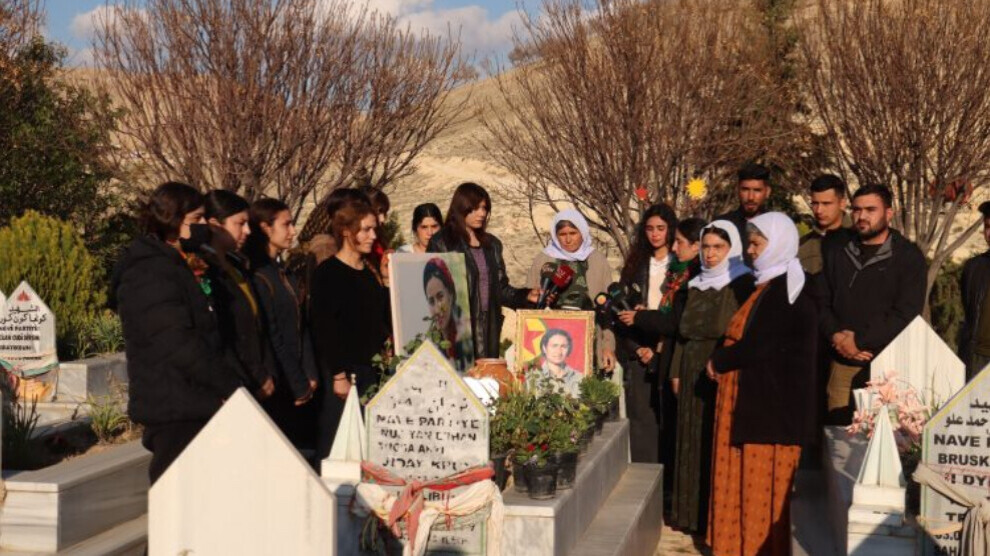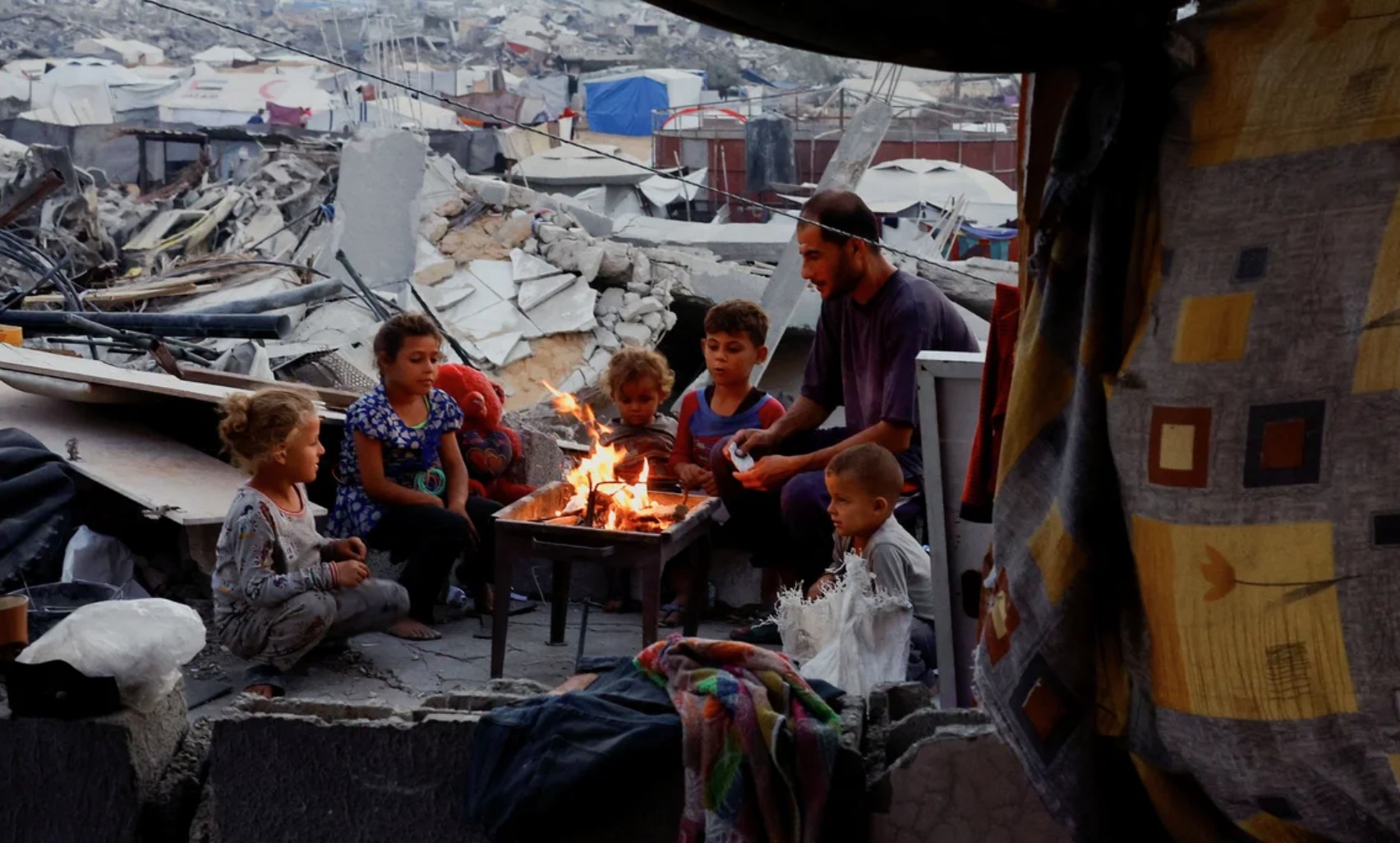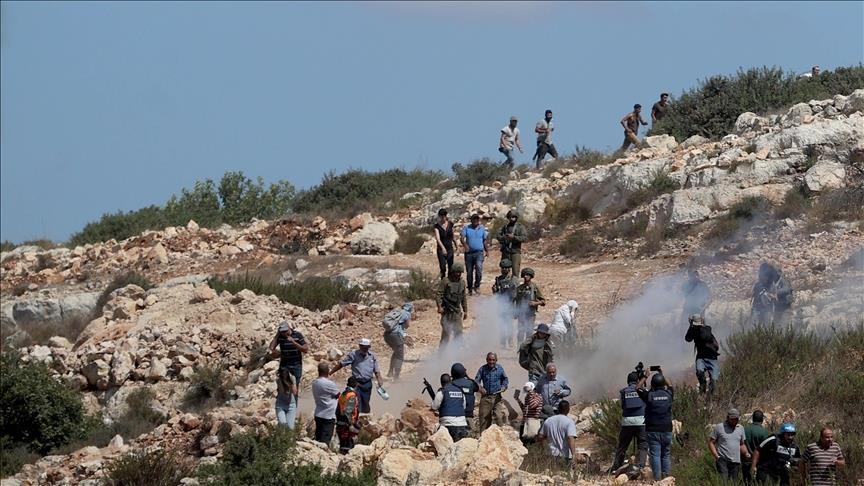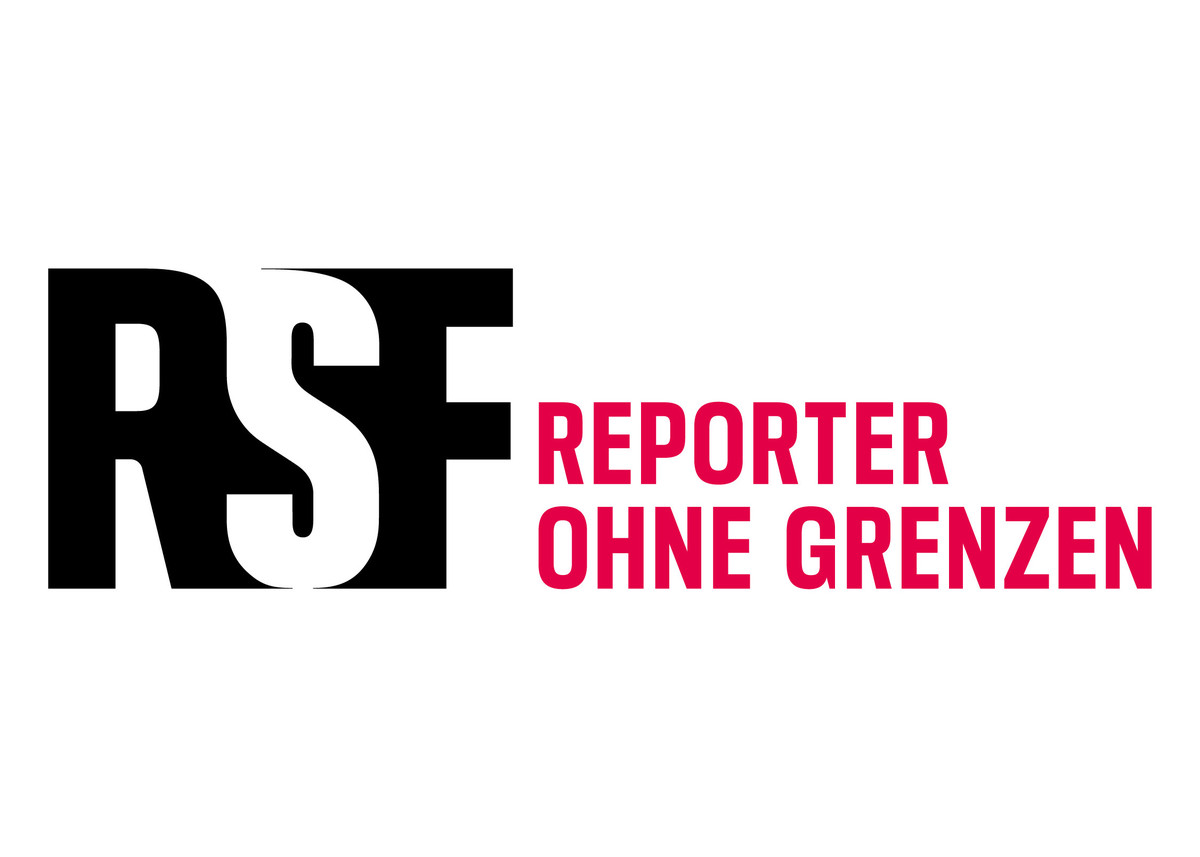
Kyrgyz Journalist Kanyshai Mamyrkulova Detained Over Social Media Posts
March 22, 2025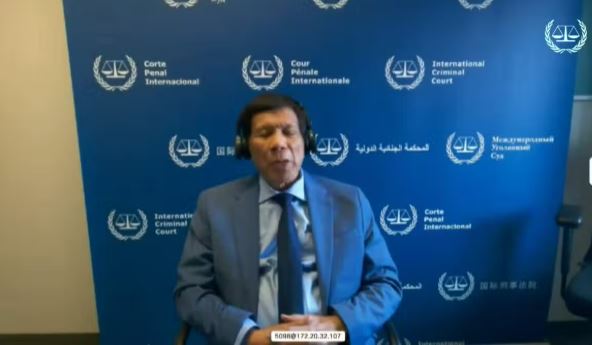
Women Journalists Harassed Over Duterte ICC Trial Coverage
March 23, 2025March 23, 2025 – Kurdish/Iraq –
Nûjiyan Erhan, born Tuğba Akyılmaz, was a courageous Kurdish journalist remembered for her relentless dedication to amplifying the voices of the Yazidi people in northern Iraq. Originally from Turkey, Erhan moved to the Shengal (Sinjar) region in 2014 after ISIS launched genocidal attacks on the Yazidi community. Her mission was clear: to document their suffering, tell their stories, and support the emergence of a local, women-led media presence in a war-ravaged region.
In 2015, she helped establish the Shengal Women’s Press, a pioneering initiative that empowered Yazidi women to become journalists and storytellers in their own right. Her work went beyond reporting — she became part of the community, known for her deep empathy and solidarity with survivors of ISIS captivity. Her reporting shed light on war crimes and the systemic violence Yazidi women endured, making her a vital voice in the struggle for justice.
On March 3, 2017, while covering clashes between Kurdistan Democratic Party (KDP) forces and Yazidi units in the town of Xanesor, Nûjiyan was shot in the head by a KDP sniper. She was taken to a hospital in Hasakah but died from her injuries on March 22. Her death was not just a loss to journalism but to the broader fight for truth and dignity in the region. Many human rights defenders view her killing as a targeted effort to silence her fearless reporting.
Eight years after her death, Nûjiyan Erhan continues to be commemorated. In March 2025, her grave in Shengal was visited by fellow journalists and members of the Yazidi Women’s Freedom Movement (TAJÊ), who remembered her as a martyr for press freedom. A documentary titled Nûjiyan, directed by Jinda Asmin, was released in her honor, celebrating her life and legacy.
Her work lives on through the women she trained and the stories she told — a testament to the enduring power of journalism in the face of violence.
Reference –

